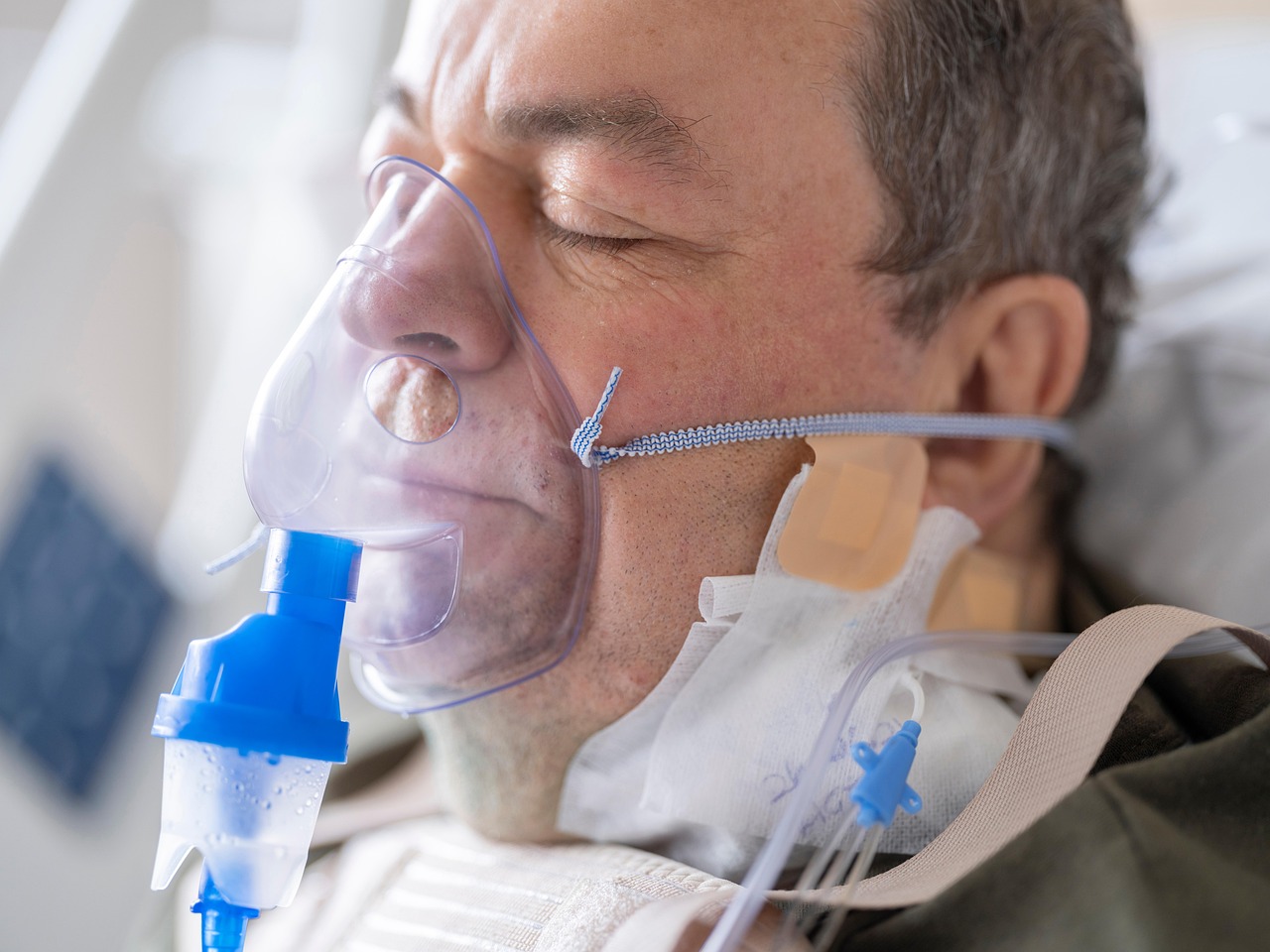In a world where wellness trends come and go faster than the latest viral dance challenge, one therapy has emerged as a beacon of intrigue—and confusion. Enter oxygen therapy: hailed by some as a miracle cure and dismissed by others as mere hype. But what’s the real story behind this fascinating treatment? Is it truly the key to unlocking enhanced healing, or just another fleeting health fad? In this blog post, we’re diving deep into the science and sensationalism surrounding oxygen therapy. Get ready to separate fact from fiction, uncovering truths that could reshape your understanding of health and recovery. Whether you’re curious about its benefits for chronic ailments or simply want to know if it’s worth trying at home, we’ve got you covered! Let’s breathe new life into the myths and realities of oxygen therapy together.
Myth #1: Oxygen Therapy Is Only for Serious Medical Conditions
One of the biggest misconceptions is that oxygen therapy is only useful for critical issues, like carbon monoxide poisoning or decompression sickness. While it’s true that HBOT (Hyperbaric Oxygen Therapy) has been used for these emergencies, the therapy is now being used in more everyday scenarios. People with chronic wounds, athletes recovering from injuries, or even those with mental fatigue are using it to heal faster and improve overall wellness. If you search for an oxygen chamber near me, you’ll find more and more clinics offering this service for a wide range of treatments—well beyond emergency use. Oxygen therapy isn’t just for the hospital—it’s for anyone looking to feel better and recover faster.
Myth #2: More Oxygen Always Means Better Results
It sounds logical, right? The more oxygen, the faster you heal. But that’s not necessarily true. Oxygen therapy is all about optimal levels, not overdoing it. Too much oxygen without the right guidance can lead to side effects like oxygen toxicity. Hyperbaric Oxygen Therapy (HBOT) works by using controlled pressure to increase oxygen absorption without crossing into dangerous levels. It’s about getting the right amount at the right time—and that’s what makes it effective.

Myth #3: Oxygen Therapy is Just a Trend, Like Any Other Fad
Some skeptics might argue that oxygen therapy is just the latest wellness trend to ride the hype. But the truth is, HBOT has been around for decades, with a solid track record in treating serious medical conditions like decompression sickness. In recent years, as more research emerges, it’s become clear that oxygen therapy has legitimate benefits in improving recovery, reducing inflammation, and even helping with brain health. While it’s certainly gaining popularity, it’s not some passing trend—it’s science-backed and here to stay.
Myth #4: Oxygen Therapy Is Only for Athletes and Elite Performers
While it’s …



